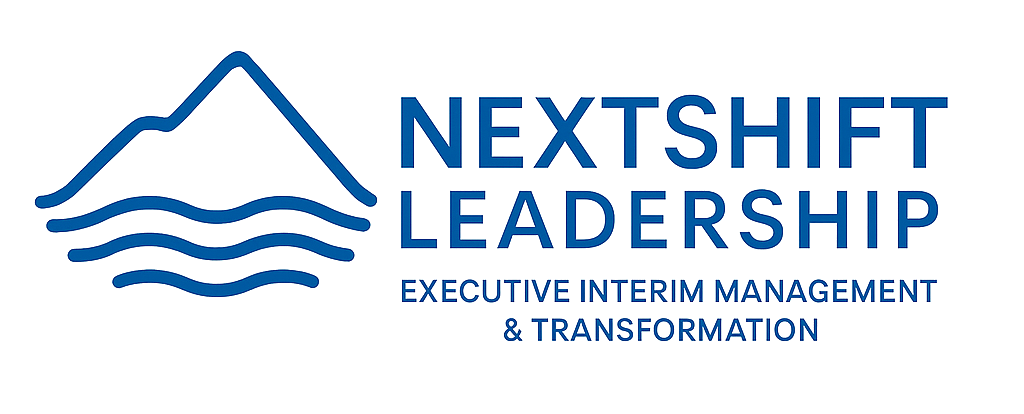Case Study:
Shortage Management
Initial Situation
Severe shortages of key components due to the global semiconductor crisis
Overloaded customer order backlog: >70% of orders requested for short-term delivery with no realistic planning basis
Rapid rise in overdue customer backlogs – risk of unfulfillable delivery commitments
Inventory increase due to customer pushouts & cancellations on standard parts, despite critical shortages – due to missing key components and production stops on customer side
Unreliable customer forecasts; risk of duplicate or inflated orders
Cash flow pressure from growing inventory levels and declining turnover


Actions & Approach
Shortage Management & Escalation Framework
1. Backlog & Forecast Screening
Systematic assessment and prioritization of open customer orders by likelihood of fulfillment
Close coordination with customers to eliminate phantom demand and duplicates
Clear communication of “No Cancel / No Reschedule” (NCNR) supplier terms
2. Shortage Steering & Escalation Process
Established a dedicated “Shortage Board” with daily task force coordination
Leveraged global supplier contacts to redirect critical allocations
Structured evaluation of lead times, confirmed quantities, and supplier responsiveness
3. KPI-Based Management & Early Warning Systems
Developed and launched a backlog dashboard with heat map logic
Integrated metrics: On-Time Delivery, Purchase order backlog status, Customer requested vs confirmed date ratios
Defined escalation levels: regional / central / strategic
4. Tight Collaboration with Sales & Customers
Weekly joint risk reviews with key customers
Regular analysis of inventory KPIs: turn, aging, unallocated stock
Introduced a “Demand Transparency Framework” to improve forecast reliability
Results & Impact
Reduced purchase order backlog by >35% within 4 months
Improved availability for prioritized components (Top 50)
Restored transparency and credibility with both customers and suppliers
Established a lasting early warning system for inventory and supply health
Defined a scalable escalation process for future allocation phases

